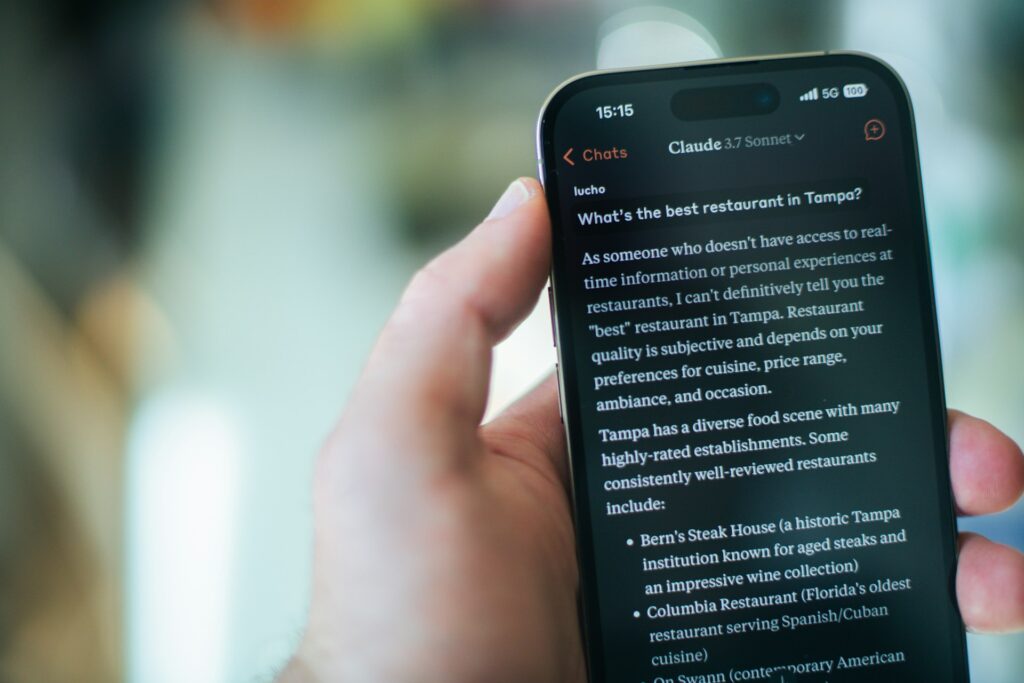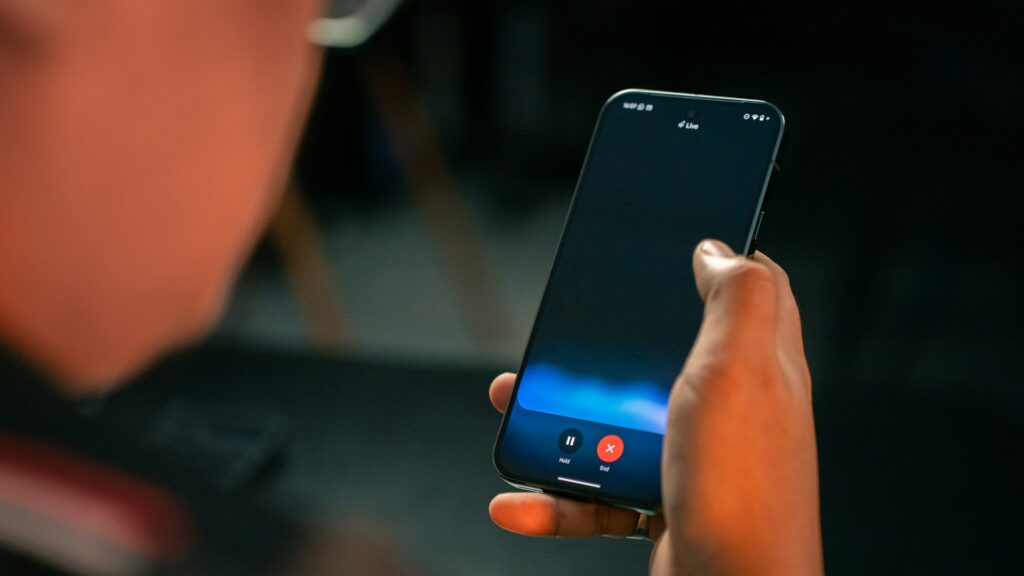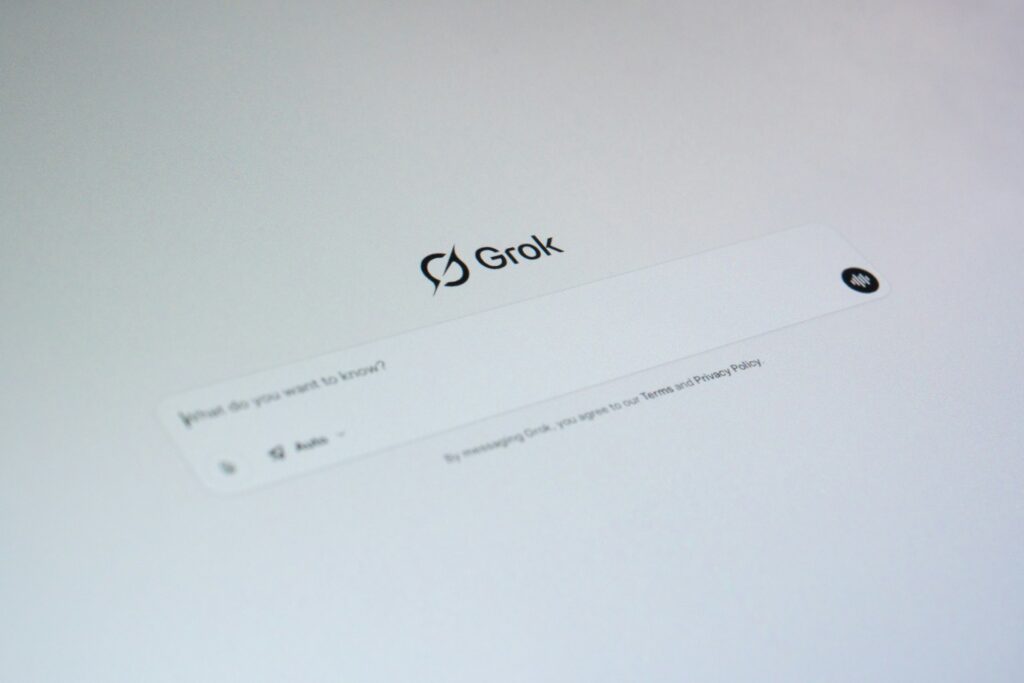The job market is brutal. We all know it. You are not just competing with other people. You are competing with algorithms.
Your resume has to beat two gatekeepers. First, the Applicant Tracking System (ATS). This robot scans for keywords.
Second, the human recruiter. You have about six seconds to impress them.
This is a tough test. Most AI tools fail one of these tasks. They are either good for robots or good for humans. But rarely both.
I needed to find the best AI resume builder. So I ran a massive test. I pitted five of the newest, most powerful models against each other.
The lineup: ChatGPT-5. Claude Sonnet 4.5. Gemini 2.5 Pro. Perplexity Sonar Pro. And Grok 4.
I asked each one the same question. Which AI actually creates a killer resume? Here’s what I found.
Contents
The 2025 AI Lineup: Meet the Contenders
First, a quick look at our five competitors. Each has a different reputation.
ChatGPT-5

This is the famous one. The incumbent. Its predecessor (GPT-4o) was known for creative writing and problem-solving. But users also complained.
They called its output “repetitive slop” and “PR-talk”. I wanted to see if the ChatGPT-5 resume was any different.
Claude Sonnet 4.5

This is the “executive” choice. Anthropic’s new model is built for coding depth and autonomy. Its earlier versions were praised.
They showed graduate-level reasoning. It promises unparalleled precision and polished, professional language. This was a top contender.
Also Read: Build A Profitable One-Person AI Business in 2025: No Staff, No Budget, No Code, No Problem!
Gemini 2.5 Pro

This is Google’s technical expert. It’s known for being fast. It excels at “ATS targeting” and “aligning with industry standards”. It is less about “polish” and more about “functional” data.
Perplexity Sonar Pro

This one is different. It’s not a writer. It’s a research engine. My plan was to use it for the tailoring step.
It should be great at finding keywords and analyzing the target company.
Grok 4

This is the wildcard. From xAI, it has a “rebellious” streak. It’s witty and anti-corporate. This could be a disaster. Or it could be a genius move for a creative role.
The Test: One Job, One “Brain Dump,” Five AIs

A fair test needs a good control. I followed the method from a similar AI resume test.
I created a fictional candidate. Let’s call him “Alex.” Alex is a mid-career marketing manager. He has 8 years of experience.
The “Brain Dump”
I did not give the AI a clean resume. That’s too easy. Instead, I wrote a 700-word “brain dump.” It was a rambling, disorganized list of his jobs, skills, and projects.
This mimics how real people think. One user noted LLMs are good at “decoding” messy transcripts. I put that to the test.
The Target
I used a real job description. It was for a “Senior Marketing Manager, Growth” at a major tech company.
The Prompts
I used a multi-step process for each AI. I wanted to test writing, structuring, and tailoring.
Phase 1 (Structure): “Analyze this job description and this career history. Restructure the history into ATS-friendly bullet points”.
Phase 2 (Refinement): “Now, rewrite these bullets for a senior professional. Focus on ‘strategic impact’ and ‘results-driven achievements'”.
Phase 3 (Cover Letter): “Finally, write a genuine AI for cover letters based on this resume. It must sound authentic”.
The results were shocking.
Also See: 10 Advanced Tips to Master ChatGPT in Your Daily Life (Become a Pro in Just 10 Minutes)
AI Resume Results: The Good, The Bad, and The Unusable

Here is the model-by-model breakdown of my test.
ChatGPT-5 Resume: All Fluff, No Substance
I had high hopes for the ChatGPT-5 resume. The output was energetic. But it was also completely vague.
The professional summary was pure PR-talk, just as users of its predecessor warned. It used hollow phrases like “synergistic,” “dynamic,” and “passion for innovation.”
It failed to quantify achievements. It wrote “Responsible for marketing campaigns.” I had to re-prompt it multiple times. I had to force it to focus on metrics. This high prompting burden is a known issue. One user noted needing “style guides” just to make it usable.
The cover letter was the worst part. Just as predicted, it was full of LLM-isms. “I am writing to express my keen interest…” It sounded fake.
Verdict: High effort, low reward. Its creative writing skill is a weakness for resumes. It creates fluff, not substance.
Claude Sonnet 4.5 Resume: The Executive Winner
This was a totally different experience. The first draft from the Claude Sonnet 4.5 resume was exceptional.
The tone was instantly polished and professional. It sounded like a senior executive wrote it. It has nuanced reasoning and produces ethically-conscious writing.
Its best feature was quantifying achievements. It has graduate-level reasoning. It automatically turned Alex’s “responsibilities” into “results-driven achievements”. This is exactly what recruiters want to see.
The AI for cover letters test was also a win. The prose was nuanced. It felt genuine. It successfully integrated Alex’s (fake) life experiences without sounding robotic.
Verdict: This is the clear winner for “hire-on-the-spot” quality. It has a low prompting burden. It just gets professional tone. It is the best AI resume builder for a single-click solution.
Gemini 2.5 Pro: The ATS-Targeting Technician
Gemini was fast. Blazing fast. Its predecessors were already known for speed, and this version was no different.
It finished Phase 1 (structuring the brain dump) in half the time of Claude.
It perfectly executed the “ATS targeting”. It created a 1-to-1 map of Alex’s skills to the job description. This is crucial for passing the first robot filter.
The language was the main problem. The output was functional but blunt. It was very technical. It listed the data (e.g., “MQLs: +30%”) but lacked the “strategic flow” of Claude. It was correct, but not compelling.
Verdict: Not a one-shot tool. But it’s an essential first step. It is the best at processing a messy brain dump into structured, ATS-ready data.
Perplexity Sonar Pro: The Research Assistant
As I guessed, Perplexity failed the prompt. It did not write a resume. It wrote a report on how to write a resume.
So, I changed my test. I used it as a research assistant.
My Prompt: “Analyze this job description and [company website]. What are their core values and 5 most-used industry keywords?”
The Result: It was perfect. It returned:
“1. ‘Ownership,’ 2. ‘Customer-Obsession,’ 3. ‘Long-Term Thinking'” and a list of keywords.
Verdict: You cannot use this to write a resume. But it is an indispensable tool for tailoring one. It does the research so your other AIs can do the writing.
Grok 4: The “Hail Mary” Candidate
The output was hilarious. And completely unusable for a professional role.
The professional summary included a joke about “growth hacking.” It described Alex as “not another marketing drone.”
The cover letter was witty and sarcastic. It would get a laugh. Then it would get thrown in the trash.
So I re-ran the test. This time, the target was a “Social Media Ninja” job at a humor-based startup. For that specific, unconventional role, the voice was perfect.
Verdict: This is the high-risk, high-reward option. Do not use this. Unless the job description itself is highly unconventional, this will hurt your chances.
So, Which AI Actually Creates a Killer Resume?

It’s time to answer the big question. Which AI actually creates a killer resume?
If you want a single-click answer, the best AI resume builder is Claude Sonnet 4.5. No contest.
It delivers the professional polish and strategic framing that recruiters look for. The Claude Sonnet 4.5 resume is the clear winner for pure quality.
But here’s the real secret. The query itself is flawed.
Which AI actually creates a killer resume? None of them. Not on their own.
No single AI is perfect. The expert move is to use an “AI Resume Workflow.” You chain the AIs together. You use each one for its specific superpower.
Read: From Scratch to $1M: With This Simple AI Blueprint Build a Profitable Digital AI Business That Lasts
My Expert AI Resume Workflow (The Real Answer)
This 5-step process gives you a result better than any single AI.
Step 1: The Brain Dump (Gemini 2.5 Pro)
Take your messy career history. Feed it and the job description to Gemini.
Prompt:
“Structure my messy history into ATS-friendly bullet points. Align them with this job description.”
Step 2: The Research (Perplexity Sonar Pro)
Feed the job description to Perplexity.
Prompt:
“Analyze this company. Find 3 core values and 5 industry keywords I must include.”
Step 3: The Executive Draft (Claude Sonnet 4.5)
Combine the outputs from Steps 1 and 2. Feed them to Claude.
Prompt:
“Rewrite this into a ‘polished, professional’ resume. Focus on ‘strategic, results-driven achievements'”.
Step 4: The Cover Letter (Claude Sonnet 4.5)
Stick with Claude for the AI for cover letters.
Prompt:
“Write a genuine cover letter. Use this resume and my research. Show how my experience fits their values”.
Step 5: The Voice Edit (Optional)
Is the Claude draft too dry? Copy single sentences into ChatGPT-5 for a creative re-phrase. Or use Grok if you’re feeling lucky. (I don’t recommend it.)
You may Like: I Let Copilot Tackle My Outlook Inbox for a Week — Here Are My Top 5 Tips to Make It Work for You
Finishing Thoughts
After this test, my answer to “which AI actually creates a killer resume?” is simple. The best AI is the one that helps you the most.
A tool like the Claude Sonnet 4.5 resume creator is fantastic. It lowers the barrier to a professional document. But even the best AI resume builder has a flaw.
It doesn’t know you.
One expert put it perfectly. Your resume must reflect your unique voice and personality. Use these tools. Use my workflow.
But do not just copy and paste. Use the AI to process your ramble. Use it to find keywords. Use it to polish your tone.
The AI can build the resume. But you must be the architect.
Now I want to hear from you. Have you tried making a ChatGPT-5 resume? What’s your pick for the best AI for cover letters? Drop your own workflow in the comments below.